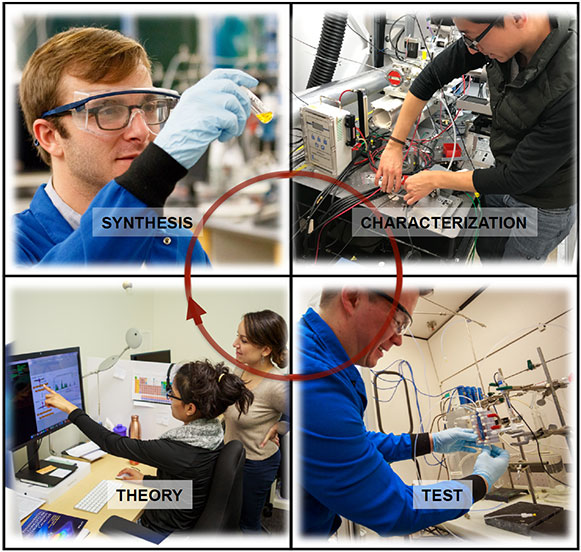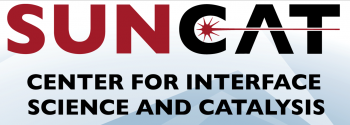SUNCAT Mission

The SUNCAT Center for Interface Science and Catalysis is a partnership between Stanford School of Engineering and SLAC National Accelerator Laboratory. The mission of SUNCAT is to overcome challenges associated with the atomic-scale design of catalysts for chemical transformations of interest for sustainable energy conversion and storage. By combining experimental and computational methods we are developing a quantitative description of chemical processes at the solid-gas and solid-liquid interface. By identifying the factors controlling the catalytic properties of solid surfaces, we devise strategies to design new catalysts. Our approach integrates electronic structure theory, kinetic modeling and data science with operando and in-situ characterization techniques, synthesis of alloys, compounds, and functional nanostructures, and experimental testing under realistic process conditions.



